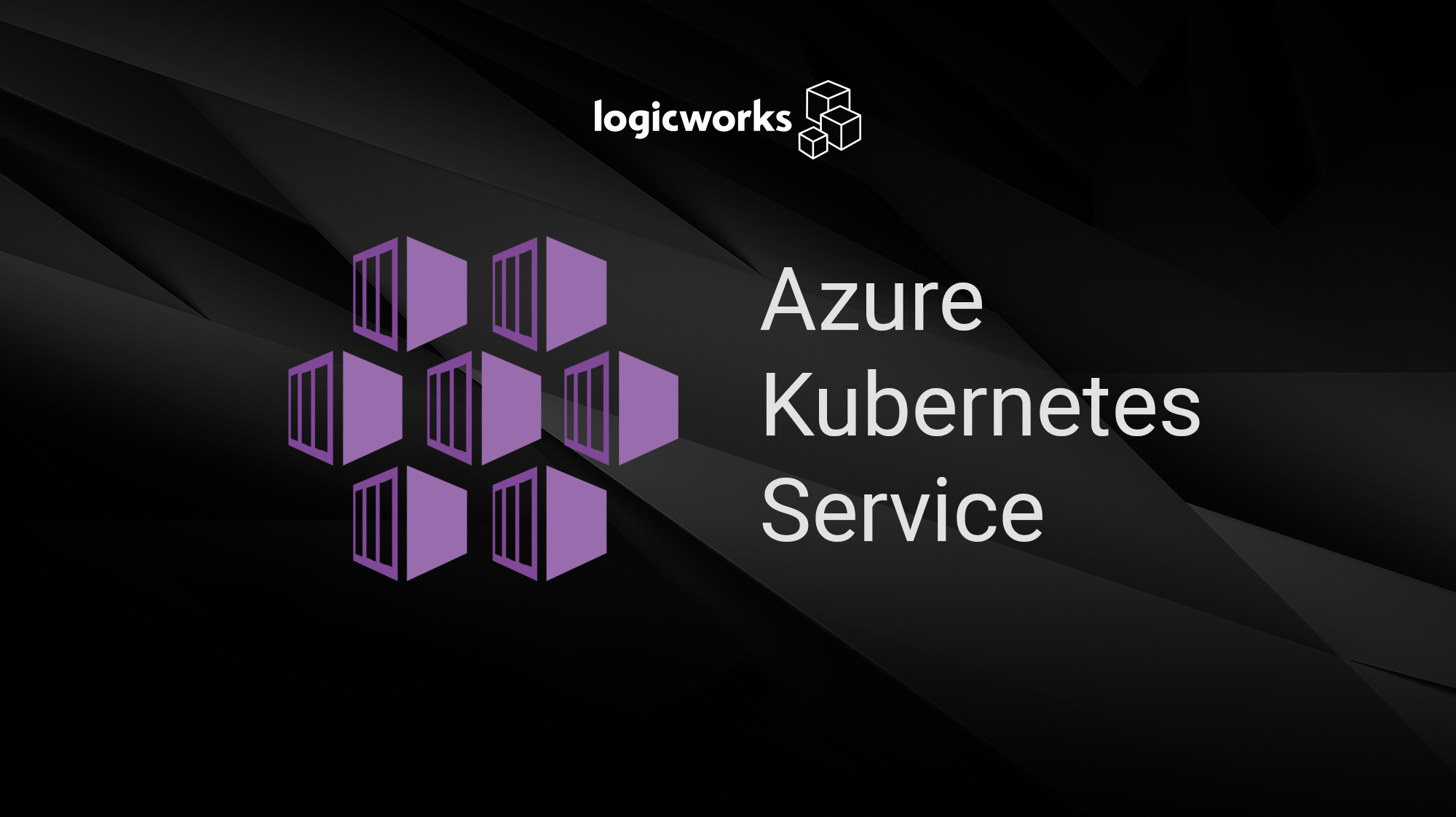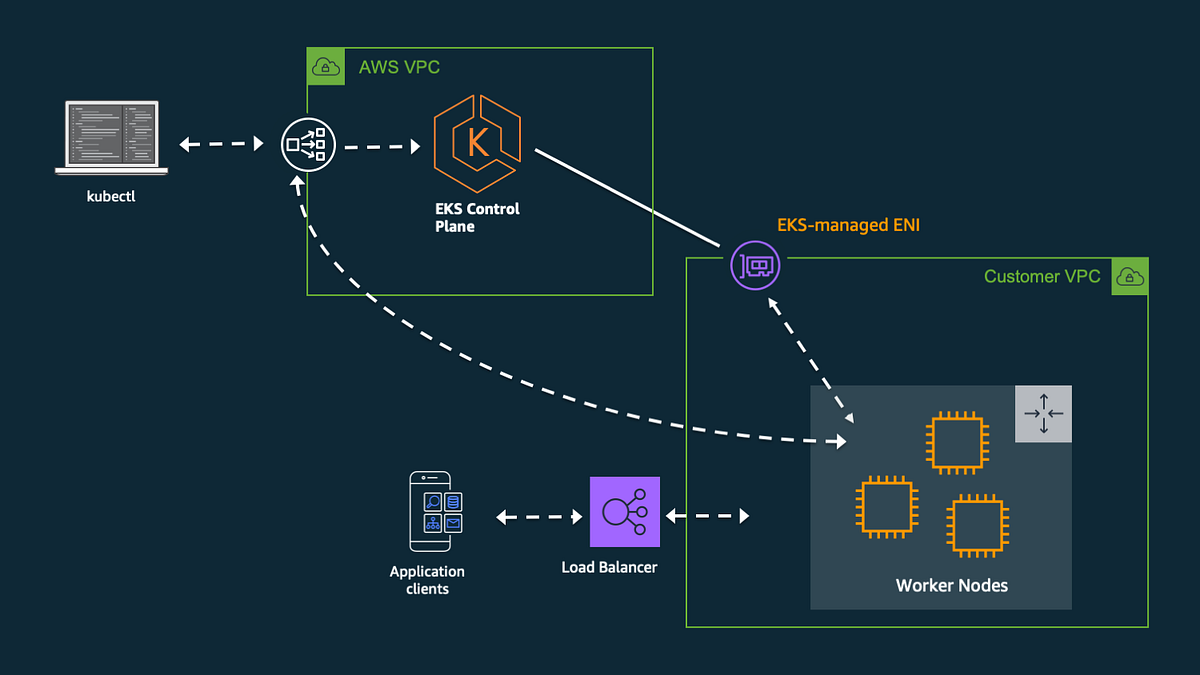

It also automates the deployment of containers on that infrastructure. It automatically sets up and manages the infrastructure required to host containers. What Is AWS Fargate?įargate, which AWS introduced in 2017, is (to put it simply) an orchestration engine for containers and the infrastructure that hosts them.

As we’ll see, neither of these tools is the best solution for every use case and every workload instead, each has strengths that cater to different types of situations. This article breaks down the similarities and differences between Fargate and Kubernetes by explaining how they relate to each other, how they approach container orchestration, and what the unique features of each platform are. Understanding the differences between the two platforms is critical for making the right decision about which service to use to deploy your containerized applications. Yet ultimately, Fargate and upstream Kubernetes are distinct tools that cater to different use cases.

In many ways, they offer the same core features – which is not surprising, given that Fargate is, in some respects, an extension of or complement to upstream Kubernetes. Kubernetes and AWS Fargate both simplify the process of deploying and managing containerized applications.


 0 kommentar(er)
0 kommentar(er)
